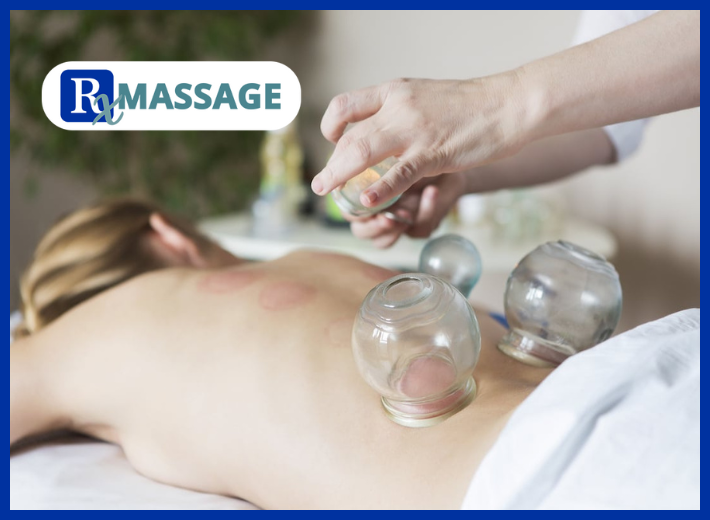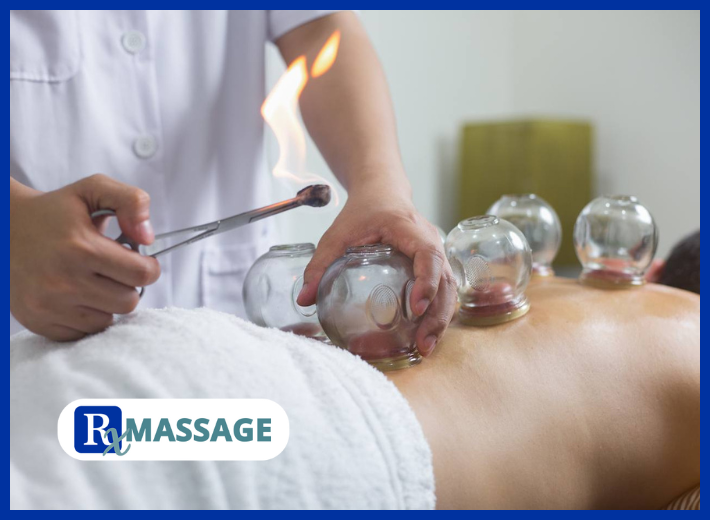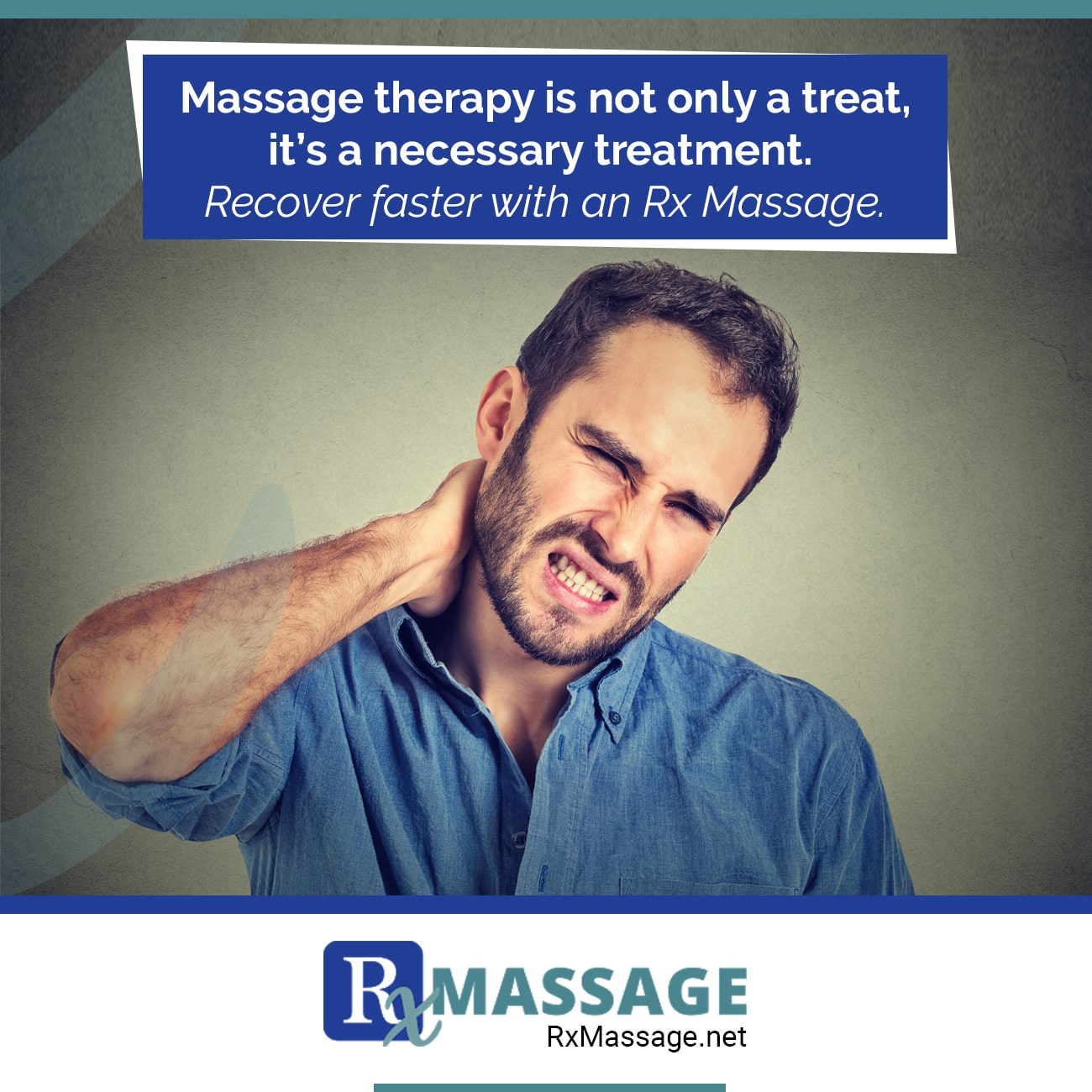Benefits of Cupping Massage

01
2023
From athletes to pregnant women, people are rediscovering the benefits of cupping. Maybe you’ve even seen people at your gym or work with those tell-tale red circles on their backs and shoulders. It’s becoming more common for people to request cupping to relieve chronic muscle soreness. The technique may help ease certain symptoms, such as pain. Check everything you need to know about it — and then ask us any questions that you might have!
People have used cupping for thousands of years to ease back pain, neck pain, headaches and other problems. Cupping therapy involves creating a suction force to pull blood into the skin. Cupping causes bruising and can lead to skin infection. While research on the benefits of cupping is scarce, the treatment risks are low.
What is cupping?
Cupping is an ancient healing therapy that some people use to ease pain. A provider places cups on your back, stomach, arms, legs or other parts of your body. Inside the cup, a vacuum or suction force pulls skin upward.
Cupping is a form of traditional Chinese and Middle Eastern medicine. People have practiced cupping therapy for thousands of years.
How does cupping work?
Experts are still exploring how cupping eases pain and disease symptoms. There isn’t a lot of research on the therapy.
Suction from cupping draws fluid into the treated area. This suction force expands and breaks open tiny blood vessels (capillaries) under the skin. Your body treats the cupping area like an injury. It sends more blood to the area to stimulate the natural healing process. Some people theorize that cupping clears the pores and releases toxins.
Who performs cupping?
A variety of professionals can receive training to perform cupping, including:
- Acupuncturists.
- Chiropractors.
- Massage therapists.
- Medical doctors.
- Physical therapists.
What does cupping treat?
People mostly use cupping to relieve conditions that cause pain. Some people say it also helps with chronic (ongoing) health issues. Cupping may ease symptoms of:
- Arthritis, including rheumatoid arthritis.
- Back pain, neck pain, knee pain and shoulder pain.
- Breathing problems, such as asthma.
- Carpal tunnel syndrome.
- Gastrointestinal disorders, such as irritable bowel disease (IBD).
- Headaches and migraines.
- High blood pressure (hypertension).
What are the types of cups?
Most providers use glass or plastic cups, but cups may be:
- Bamboo.
- Ceramic.
- Metal.
- Silicone.
How is cupping performed?
There are different ways to perform cupping. The steps vary slightly depending on the chosen method. Your provider will leave the cups in place for several minutes. Some treatments involve briefly moving the cups to stretch and massage the area.
Depending on the treatment, your provider may place multiple cups on your skin. Cupping methods include:
- Dry: Your provider heats the inside of each cup — typically with an alcohol-soaked cotton ball that is set aflame. The heat sends oxygen out of the cup, creating a vacuum. Some providers use a suction device to remove air from cups. Once placed on your skin, the vacuum force pulls skin up into the cup.
- Wet: Your provider uses a needle to lightly puncture your skin before, and sometimes after, cupping. Toxins leave the body through the puncture wounds during the cupping procedure.
What should I expect after cupping?

The suction force from cupping breaks open tiny blood vessels under the skin. You will have round bruise-like marks that fade in a week or two.
What are potential risks or complications of cupping?
Cupping is a relatively low-risk therapy. Still, you may experience:
- Burns from heated cups.
- Fatigue.
- Headaches.
- Muscle tension or soreness.
- Nausea.
- Skin infections, itching or scarring.
Who shouldn’t get cupping?
Because researchers know little about cupping’s effects on pregnancy, moms-to-be shouldn’t get the therapy. You should also forego cupping if you have:
- Bleeding disorders like hemophilia.
- Blood clotting problems, such as deep vein thrombosis or history of strokes.
- Skin conditions, including eczema and psoriasis.
- Seizures (epilepsy).
How effective is cupping?
There aren’t many high-quality studies about the effectiveness of cupping. And researchers don’t know a lot about why or how cupping might help people. Cupping may provide a placebo effect, meaning it helps because people believe it does.
When should I call the doctor?
You should call your healthcare provider if you get cupping and experience:
- Burns.
- Extreme pain or soreness.
- Fever or other signs of skin infection (redness, tenderness, yellow discharge).
Put yourself and your self-care first this new year. Massage therapy is an investment in your health. We can help you feel your very best! Schedule an Rx Massage today at (949)-276-5401. Visit our Facebook page for more information.
Reference: [https://my.clevelandclinic.org/health/treatments/16554-cupping]
Success Stories



